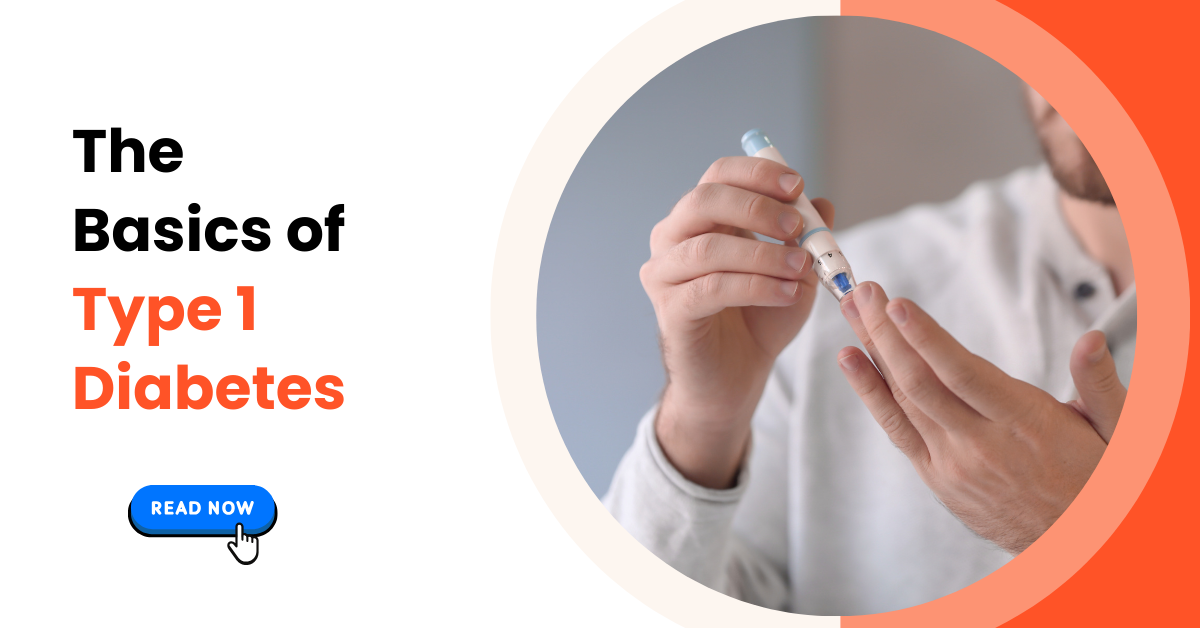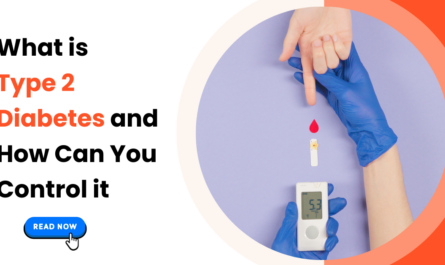Type 1 diabetes used to be called insulin dependent diabetes or juvenile diabetes. Over the years this has become confusing as many people with type 2 diabetes eventually need insulin to manage their diabetes and as well, adults can also get type 1 diabetes.
In Type 1 diabetes, the pancreas cannot produce insulin because the cells that actually make the insulin have been destroyed by the body’s own immune system. The Islets of Langerhans is the area in which the endocrine, cells of the pancreas are grouped.

Insulin acts as a key to open the blood cells and release the glucose into the body where it is needed. This insulin must be replaced. People with Type 1 diabetes must have insulin every day to live. At this stage that means insulin injection via an insulin syringe or pen, or an insulin pump.
What age is it diagnosed?
While Type 1 diabetes can and does occur at any age, it usually starts in childhood, the teen years and in young adults, with the peak age being 11 years old. It is most common under 40 years of age.
People diagnosed as adults can find it tough going as it can be assumed they have type 2 diabetes due to their age. There is an adult onset autoimmune diabetes which is basically type 1 diabetes in adults – it has a slow onset, not quick lie the usual type 1 diabetes and is also often misdiagnosed initially, as type 2 diabetes. A simple blood test can tell you have type 1 or autoimmune diabetes.
Type 1 diabetes is the least common form of diabetes, with just 10-15% of all people with diabetes having Type 1 diabetes. Some people with type 1 diabetes feel this makes them unique and special! Others feel that there is not enough focus on type 1 diabetes and it is certainly the case that confusion reigns when it comes to the types of diabetes, causes and consequences.
Who is most likely to get Type 1 diabetes?
We still don’t know what actually causes Type 1 diabetes in the first place. We are getting closer to understanding more each day as researchers invest a lot of time seeking answers. It seems that new type 1 diabetes cases are increasing in developed countries. We do know it has a family link, but this is not as strongly linked as it is in type 2 diabetes. We also know there are some environmental factors involved in the “tipping” over or trigger, which starts the process of autoimmunity in type 1 diabetes – and there are a range of ideas here.



